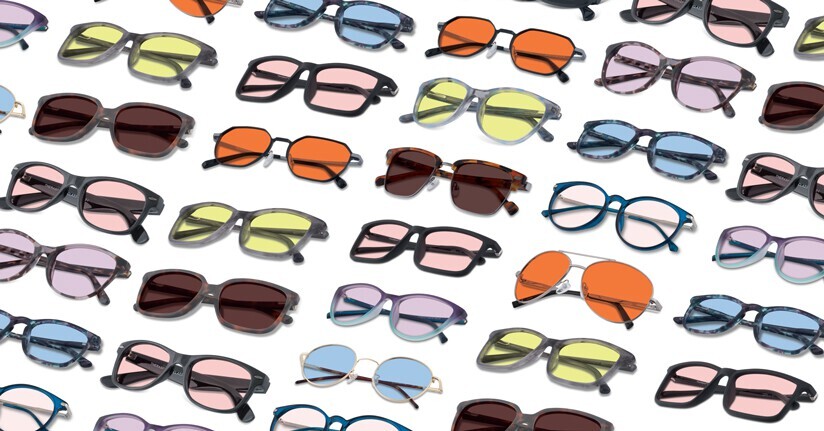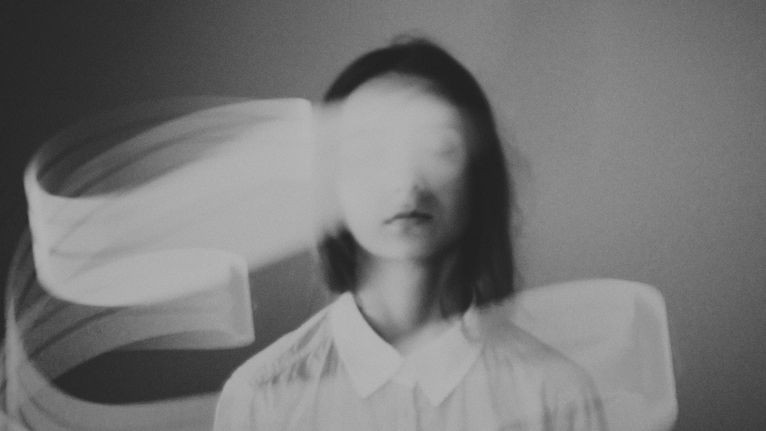8 Common Triggers of Migraine With Aura
Migraine symptoms can vary from person to person, but as many as one-third of those with chronic migraine experiencing what are known as “aura” symptoms with a majority of their attacks. These can be physical or visual in nature and typically occur 30 minutes prior to a migraine in the prodrome / pre-attack period.
But what actually triggers migraine with aura?
Well, we know that 8 out of every 10 patients who experience aura have more than one cause of their attacks, and, although they often manifest similarly to those without aura, there can be subtle differences. Researchers have recently taken a look at what specifically triggers migraine attacks with aura, and these are the most common and consistent:
- Relaxation after stress
- Sunlight and other bright light
- Emotional influences
- Sleep changes
- Changes in season
- Alcohol
- Physical effort or exercise
- Strong odors
- Other triggers
- More Reading
Relaxation after stress
Relaxation following stress may be the most prominent catalyst for migraine with aura, impacting up to 70% of patients. In particular, this “let-down stress” headache or migraine attack is most likely to occur within 18 hours after the release of anxiety. Aura has also been associated with higher amounts of stress in general, and we already know that stress is reported to be significantly higher in people with migraine as well as those with more symptoms.
Sunlight and Other Bright Lighting
Being exposed to any type of bright light has been cited as the second leading cause (61%) of migraine with aura, and there is evidence that it may have a more profound effect on those who frequently experience auras with their attacks. Interestingly, researchers also took a more in-depth look and found specifically that sunlight (both reflected and direct) as well as transitioning from dark to light environments were most likely to be problematic.
Emotional Influences
There are numerous other emotion-related factors that can lead to migraine episodes featuring an aura. Work-related stress, unpleasant experiences, and grief are among the most prominent emotional triggers; ironically, even elevated excitement can harm nearly half of aura patients who already have identified at least one emotional trigger.
Sleep Changes
There have been countless reports of sleep changes triggering migraine, especially episodes with aura. In particular, under sleeping has a higher probability for bringing on migraine aura than oversleeping, although trouble falling asleep and other disturbances have also been reported.
Change in Seasons
Almost half of all individuals who experience aura as part of their migraines may have their attacks set off by seasonal changes. Given that attack frequency is increased during brighter seasons with greater amounts of daylight, it is probable that migraineurs with aura have greater sensitivity to light, thus accounting for the influence of seasonal variations.
Alcohol
Although it is not as reliable for all patients, alcohol (particularly from red wine) can still precipitate a significant portion of migraine aura episodes. Other types of alcohol may also lead to an attack, which is why it is important to be aware of your specific triggers.
Physical Effort and Exercise
Running, bike riding, and cleaning all have been shown to cause migraine attacks with corresponding aura symptoms. Additional research has found conflicting evidence on the effects of physical exertion, and it may be more likely as a trigger of individual attacks than a recurring influence.
Strong Odors
Migraineurs who have aura symptoms are more likely to be sensitive to strong smells, according to clinical studies. Odorous perfumes or colognes can be especially potent in triggering aura-based migraine attacks, although sweet- or foul-scented items can also spell trouble.
Other Triggers
There are numerous additional triggering concerns for aura patients even though they are less prominent than the others described above. Some of these may include:
- Hormonal changes
- Smoking or smoke exposure
- Weather-related changes
- Neck pain
- Dehydration
- Specific foods
Of course, every brain is different and can react uniquely to certain stimuli, regardless of aura. This is makes it critical to work with your doctor or specialist to identify your specific triggers.
Read more about triggers:
How Well Do You Know Your Migraine Triggers?
The Top 10 Migraine Triggers (2014)
Migraine Triggers are Highly Variable
Read more about migraine aura:
6 Visual Symptoms and Disturbances of Migraine
Migraine Aura Looks Different for Different People
Differences in Visual Aura for Migraine and Epilepsy
References:
Hauge AW, Kirchmann M, Olesen J. Trigger factors in migraine with aura. Cephalalgia. 2010 Mar;30(3):346-53. doi: 10.1111/j.1468-2982.2009.01930.x. Epub 2010 Feb 15.
Hauge AW, Kirchmann M, Olesen J. Characterization of consistent triggers of migraine with aura. Cephalalgia. 2011 Mar;31(4):416-38. doi: 10.1177/0333102410382795. Epub 2010 Sep 16.
Kelman L. The triggers or precipitants of the acute migraine attack. Cephalalgia. 2007 May;27(5):394-402. Epub 2007 Mar 30.
Lipton RB, Buse DC, Hall CB, Tennen H, Defreitas TA, Borkowski TM, Grosberg BM, Haut SR. Reduction in perceived stress as a migraine trigger: testing the "let-down headache" hypothesis. Neurology. 2014 Apr 22;82(16):1395-401. doi: 10.1212/WNL.0000000000000332. Epub 2014 Mar 26.
Alstadhaug KB, Salvesen R, Bekkelund SI. Seasonal variation in migraine. Cephalalgia. 2005 Oct;25(10):811-6.

TheraSpecs® Glasses for Light Sensitivity
Find the glasses that fit your needs and lifestyle, and stay protected from screens, fluorescents, unwanted blue light, sunlight, flashing lights, and more.
Shop Now



